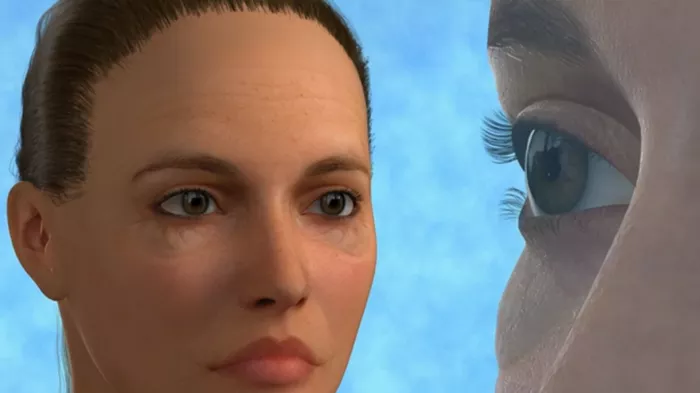Ptosis, a medical term for drooping of the upper eyelid, can affect both the appearance and functionality of the eye. Ptosis surgery, also known as blepharoptosis surgery, is a common procedure aimed at correcting this condition. One concern that patients often have is whether they will be able to close their eyes after ptosis surgery. In this comprehensive guide, we will explore the details of ptosis surgery, including its purpose, the surgical process, and what to expect during the recovery period.
Understanding Ptosis
Ptosis can occur for various reasons, including age-related muscle weakness, neurological conditions, or congenital factors. It can lead to a drooping upper eyelid, obstructing the visual field, causing eye fatigue, and affecting the overall facial appearance. Ptosis surgery is performed to address these issues and restore the normal position of the upper eyelid.
Purpose of Ptosis Surgery
Ptosis surgery serves several essential purposes:
Improved Vision: One of the primary reasons for ptosis surgery is to improve vision. A severely drooping eyelid can obstruct the visual field, leading to difficulty in seeing objects clearly, especially in the upper visual area.
Enhanced Appearance: Ptosis can also have a noticeable impact on facial aesthetics. Surgery can help create a more symmetrical and youthful appearance by raising the eyelid to its appropriate position.
Relief from Eye Strain: Ptosis can cause eye fatigue, as individuals may subconsciously lift their brows to compensate for the drooping eyelid. Ptosis surgery can alleviate this strain and discomfort.
The Ptosis Surgery Procedure
Ptosis surgery is a delicate procedure that requires precision and expertise. Here’s how it is typically performed:
Anesthesia: Ptosis surgery is typically performed under local anesthesia with sedation or general anesthesia, depending on the patient’s comfort and the surgeon’s recommendation.
Incision: The surgeon will make a carefully planned incision in the natural crease of the upper eyelid. This incision allows access to the underlying muscles and tissues.
Muscle Adjustment: The surgeon will identify and adjust the levator muscle, which is responsible for lifting the eyelid. In cases of congenital ptosis, the surgeon may also address the muscle’s attachments.
Tissue Removal or Reshaping: Depending on the specific case, excess skin, fat, or tissues may be removed or reshaped to create the desired eyelid contour.
Suture Closure: Once the necessary adjustments are made, the incision is meticulously closed with sutures. These sutures are typically very fine and may be removed within a week or two after the surgery.
Can You Close Your Eyes After Ptosis Surgery?
One of the common concerns among patients is whether they will be able to close their eyes properly after ptosis surgery. The answer is typically yes, with some considerations:
Temporary Swelling and Bruising: Immediately after surgery, there may be some swelling and bruising around the surgical site. This can temporarily affect the ability to close the eyes fully, but it should improve as the healing process progresses.
Lubrication: To keep the eyes comfortable and properly lubricated during the initial healing period, artificial tears or lubricating ointments may be recommended.
Follow Post-Operative Instructions: It is crucial to follow the post-operative instructions provided by your surgeon carefully. This includes keeping the surgical site clean, avoiding strenuous activities, and attending follow-up appointments.
Recovery Period
The recovery period following ptosis surgery can vary from person to person, but here is a general timeline:
Immediate Post-Operative Period: Patients may experience some discomfort, swelling, and bruising immediately after surgery. Keeping the head elevated and using cold compresses can help reduce these symptoms.
Stitches Removal: If non-dissolvable sutures are used, they are typically removed within a week or two.
Gradual Improvement: Over the weeks following surgery, the swelling and bruising should subside, and the eyelid should gradually assume its final position.
Final Results: The final results of ptosis surgery may take several months to fully manifest as the tissues and muscles settle into their new positions.
Conclusion
Ptosis surgery is a highly effective procedure for correcting drooping eyelids and improving both vision and appearance. Patients can generally close their eyes after ptosis surgery, although there may be some temporary challenges due to swelling and bruising during the initial recovery period. With proper post-operative care and adherence to the surgeon’s instructions, most individuals can expect to achieve a more youthful, symmetrical, and functional eyelid appearance. Consulting with a board-certified plastic surgeon is essential for a personalized assessment and treatment plan tailored to your specific needs.


